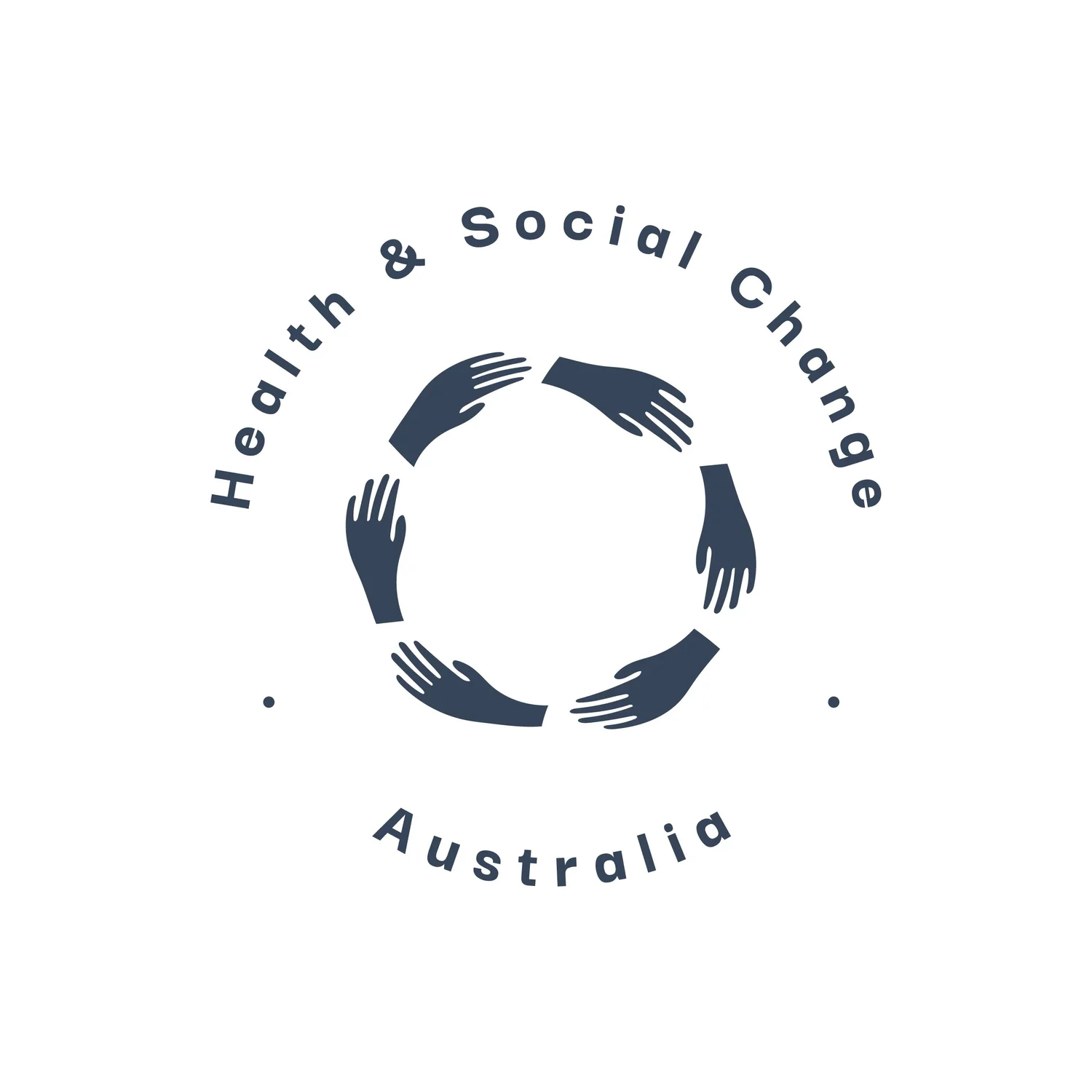Why health promotion struggles with short-term wins—and telling the story
In health promotion, we’re often asked to demonstrate short-term results. Funders, policymakers and partners want to see quick wins, sharp metrics and clear returns. But the reality is—this isn’t how most meaningful health change works.
Health promotion is complex, layered and deeply tied to the environments people live in. It’s about shifting systems, not just delivering services. It’s about connection, trust and slow-but-steady transformation—not overnight success. And that makes short-term success difficult to define, let alone measure.
The Nature of the Work
Prevention work happens upstream. It’s about changing the conditions that lead to ill health—things like housing, food security, education, access, belonging and community power. These aren’t things you can fix with a four-week program or a single awareness campaign. They take time, trust and consistency.
We’re not selling a product—we’re building a culture of health. And culture change doesn’t follow a tight timeline.
This is where the tension lies: while funders often ask, “What changed in six months?”, we’re working on problems that stretch across generations. This disconnect makes it hard for health promotion teams to “prove” their value in conventional ways, even when the work is deeply impactful.
The Challenge of Storytelling
Beyond the data, there’s another challenge: how do we tell the story of our work in a way that connects with people outside the health sector?
Those of us working in prevention often see the ripple effects of our efforts—stronger community networks, increased trust in services, a shift in attitudes towards mental health or climate action. But these changes don’t always translate well into a traditional report or key performance indicator. They live in relationships, small moments, and long-term community shifts.
Too often, our stories stay stuck inside the sector—shared between practitioners, buried in evaluation reports or spoken about in academic terms that don’t always resonate with decision-makers, funders or the public.
And yet, storytelling is crucial. If we can’t communicate the value of this work, we risk being sidelined, underfunded or misunderstood. The health sector knows the value of prevention—but we need others to know it too.
What We Can Do Differently
Celebrate the small signs of change: A new partnership, increased community engagement or improved confidence can be early indicators of long-term impact. These are worth naming and sharing.
Tell people-centred stories: Data matters—but so do human experiences. Share the real stories of change, from the voices of those directly involved.
Use language that connects: Avoid jargon. Speak in ways that resonate with councils, community leaders, funders and the general public.
Make time for reflection: Build in moments to pause and gather insights—not just at the end of a project, but along the way.
Collaborate across sectors: Partner with communicators, designers and storytellers who can help bring this work to life in new formats.
Health promotion may not always deliver instant results—but it lays the groundwork for lasting change. We need to get better at naming our wins—however small—and telling our stories in ways that move beyond the echo chamber.
